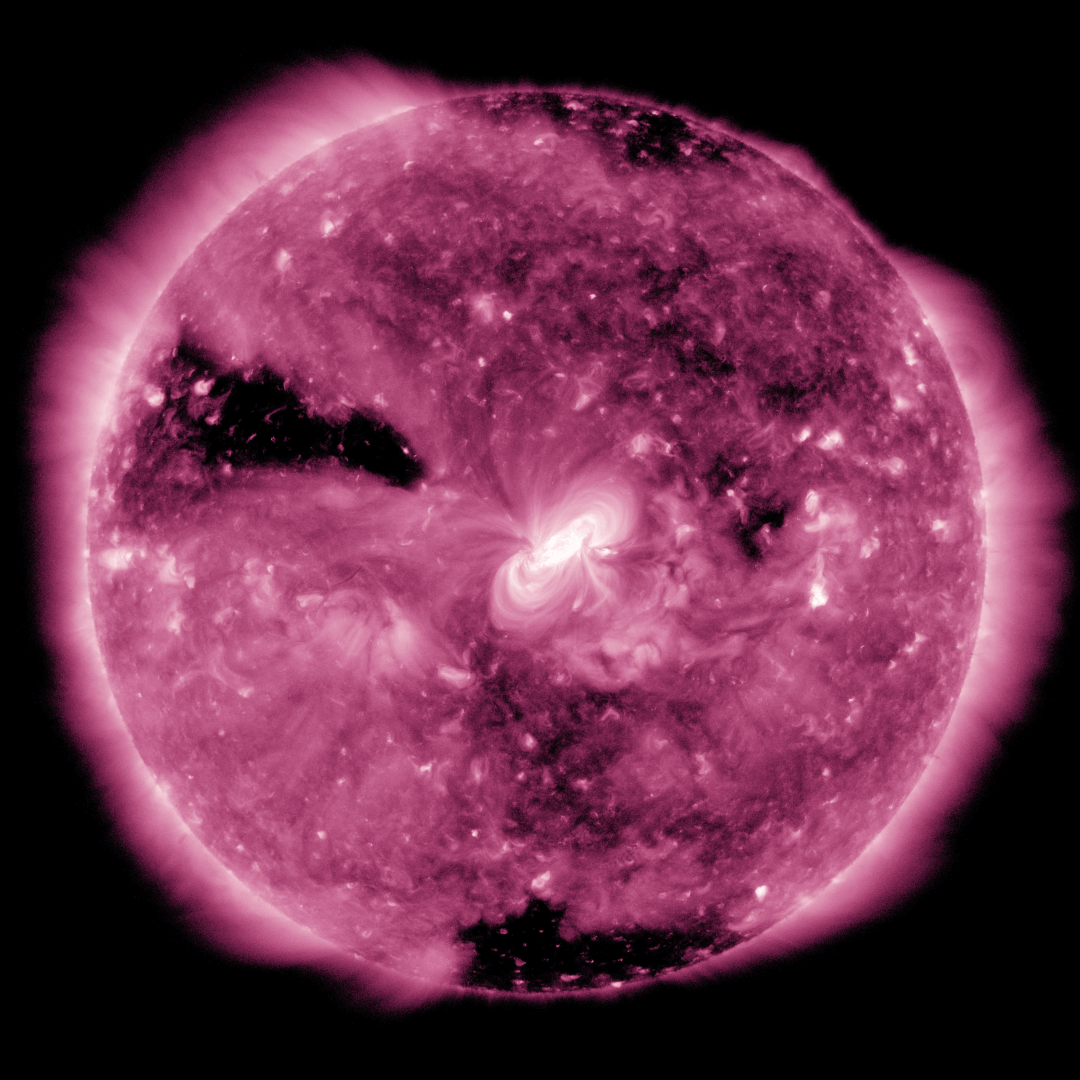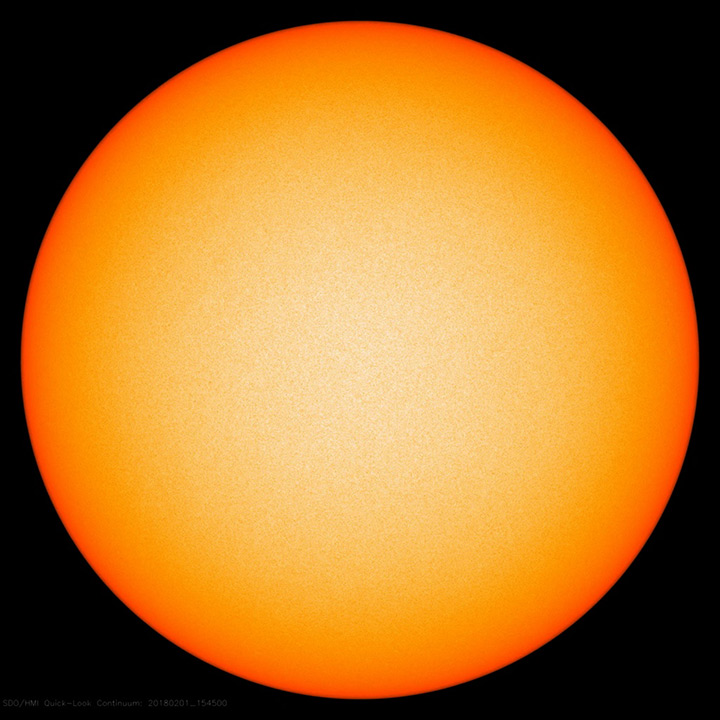A NASA Observatory Just Saw a Total Solar Eclipse ... in Space!

NASA's Solar Dynamics Observatory spacecraft captured gorgeous views of a total solar eclipse on Sunday (Feb. 11), making the mission's birthday even more special.
The cosmic event was captured by NASA's Solar Dynamics Observatory (SDO), which launched eight years ago to the day, on Feb. 11, 2010.
The eclipse wasn't visible from our vantage point here on Earth. In fact, we're facing a bit of a solar-eclipse dry spell in the aftermath of the "Great American Total Solar Eclipse" last August. There's a partial solar eclipse coming on Thursday (Feb. 15), but it'll be visible only from Antarctica and southern South America. There will also be partial eclipses in July and August, favoring viewers in southern Australia and northern Europe, respectively. And that's it for 2018.
But SDO will be seeing a lot more eclipses over the next few weeks, because the probe has now entered "eclipse season."
"SDO’s eclipse season is a three-week period that comes twice a year near the equinoxes, during which Earth blocks SDO's view of the sun for a short while each day," NASA officials wrote in a description of the new imagery, which was released Tuesday (Feb. 13). "The eclipses are fairly short near the beginning and end of the season but ramp up to 72 minutes in the middle."
Sunday's eclipse lasted 31 minutes, from 2:10 a.m. to 2:41 a.m. EDT (0710 to 0741 GMT), NASA officials said.

In January, SDO captured some dazzling views of a bare and pristine sun, free of the dark sunspots that usually pepper its surface. Sunspots serve as launch pads for solar flares and coronal mass ejections, so the lack of them is a reminder that the sun is nearing the low point in its 11-year activity cycle, SDO team members said.
Get the Space.com Newsletter
Breaking space news, the latest updates on rocket launches, skywatching events and more!
Follow Mike Wall on Twitter @michaeldwall and Google+. Follow us @Spacedotcom, Facebook or Google+. Originally published on Space.com.
Join our Space Forums to keep talking space on the latest missions, night sky and more! And if you have a news tip, correction or comment, let us know at: community@space.com.

Michael Wall is a Senior Space Writer with Space.com and joined the team in 2010. He primarily covers exoplanets, spaceflight and military space, but has been known to dabble in the space art beat. His book about the search for alien life, "Out There," was published on Nov. 13, 2018. Before becoming a science writer, Michael worked as a herpetologist and wildlife biologist. He has a Ph.D. in evolutionary biology from the University of Sydney, Australia, a bachelor's degree from the University of Arizona, and a graduate certificate in science writing from the University of California, Santa Cruz. To find out what his latest project is, you can follow Michael on Twitter.









